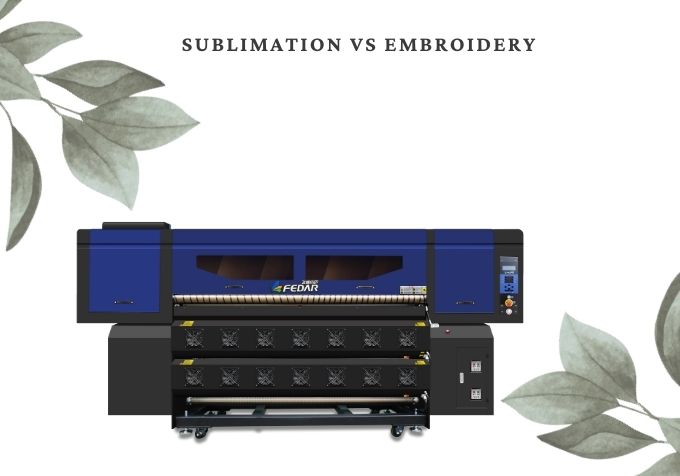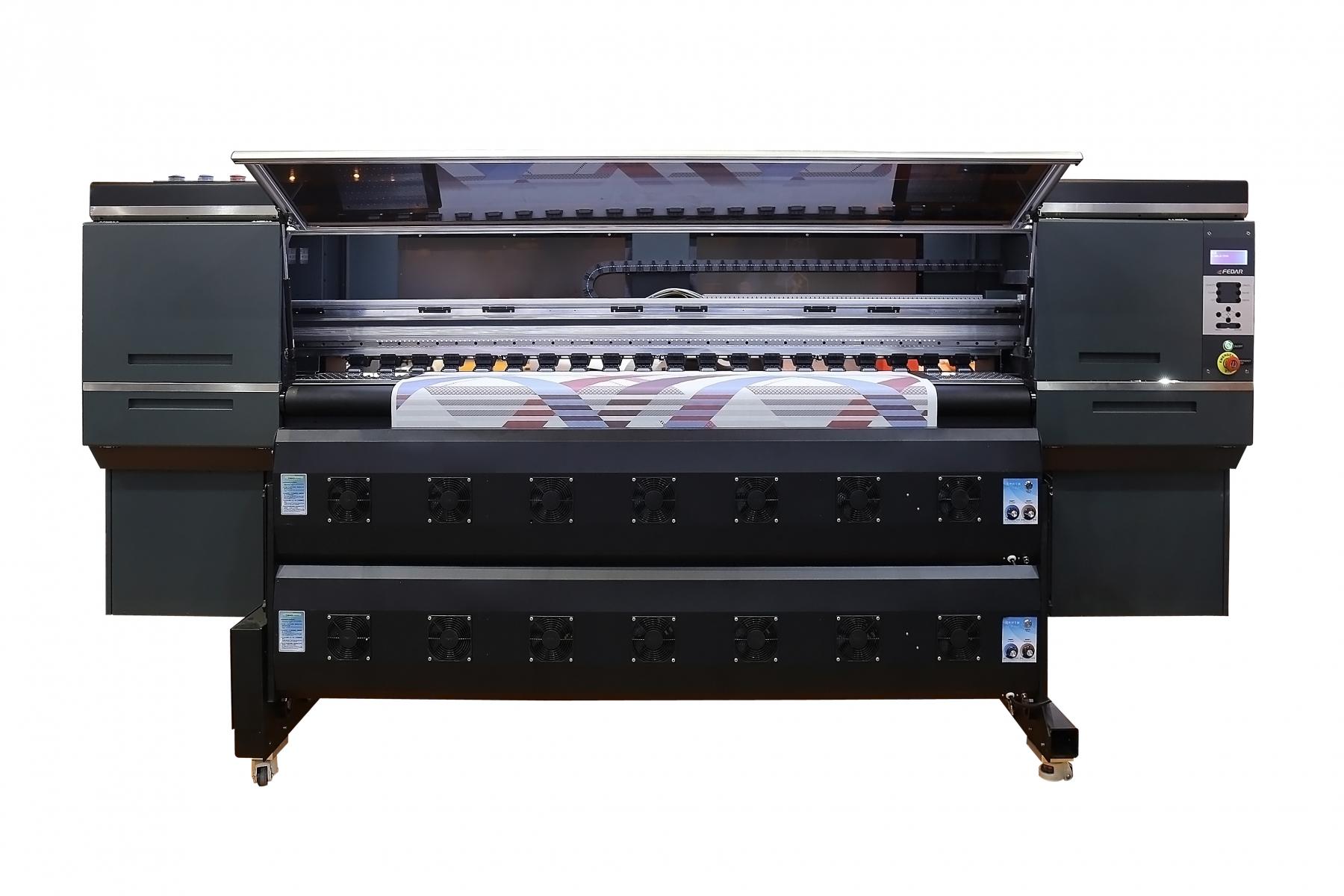10
Jan
Discover the key differences between sublimation and embroidery, their pros and cons, and how to choose the best method for your projects.

Customization is now the center of development for products such as clothes, gifts, and company merchandise. Two of the most common techniques for customization are sublimation and embroidery. Each technique has its relative merits, and the type of technique best for your project will depend on its requirements.
This guide provides all the necessary information about sublimation and embroidery, their advantages and disadvantages, and tips on choosing the best solution for your customization project.
Sublimation printing is a process that uses the physical process of sublimation to print designs. The special dye-sublimation inks go from solid to gas skipping the liquid phase. The gaseous inks bond with the substrate material and become one with it. This creates a vibrant and long-lasting print with a smooth feel.

Sublimation is very useful for photos and detailed designs.
The sublimation dye forms a chemical bond with the material, so there is no way that the sublimation prints will fade, crack, or peel over time.
Compared to other printing techniques, sublimation does not deposit a layer of ink on the surface, giving a smooth finish.
Sublimation is only effective on polyester or polyester-coated items.
Embroidery is an ancient technique of applying designs by stitching with threads. The art of embroidery has been around for centuries, though the current machines make the work much better, detailed, and uniform. Embroidery is ideal for branding and personalization.
Embroidered designs look elegant and give a high-end look.
Embroidery is durable and, therefore, suitable for items that are used or washed frequently.
Embroidery provides works on multiple materials like cotton, denim, or leather.
Color Reproduction: Sublimation prints every detail and color of your design.
Smooth Finish: Sublimation inks bond with the material so it feels soft.
Durability: Sublimation prints don’t peel, crack, or fade after multiple washes.
Material Limitations: Sublimation only works on polyester or poly-coated materials.
Color Limitations: Sublimation doesn’t work well on dark colors.
High Upfront Costs: Sublimation requires special printers and heat presses so the setup costs can be too expensive for a small business.
Appearance: Embroidery gives that classic luxury look that adds to the product.
Durability: Embroidered designs don’t deteriorate even with heavy use and multiple washes.
Material Flexibility: Embroidery can be used on many fabrics and surfaces.
Design Limitations: Embroidery is best for simple designs with clean lines and fewer colors.
Higher Costs: Prices are according to the stitch count, thus larger or intricate designs are expensive.
Bulky Finish: Embroidery does not go well with lightweight and fine fabrics since the raised texture is created above the surface.
The price of sublimation and embroidery depends on the type of work, the number of pieces to be printed, and the materials used.
Economical for Detailed Designs: The cost of sublimation is not dependent on the design, so it is affordable for even complex designs.
Ideal for Small Orders: It is best for one-time and small orders because sublimation does not involve setup charges.
Scales with Design Size: The cost of embroidery is based on the stitch count, this means that large or detailed designs can be quite costly.
Better for Bulk Orders: In bulk buying, embroidery can be more cost-effective as the prices are per dozen or more instead of per piece.
Detailed and Colorful Designs: Sublimation is for vibrant, multi-colored designs.
Polyester Materials: Works best on polyester-based fabrics or items with a special coating.
Comfort: A smooth and soft finish makes sublimation perfect for casual and activewear.
Professional Look: Embroidery is for corporate branding, uniforms, and formal wear.
When Durability is Important: Use embroidery for items that will get washed or used heavily.
Non-Polyester Fabrics: Embroidery is versatile for cotton, denim, and leather.
Both sublimation and embroidery have environmental impacts but the materials and processes used can make these methods more eco-friendly.
Although the process of sublimation is relatively waste-free, polyester material is problematic. With recycled polyester, this method is becoming more environmentally friendly.
Embroidery is viewed as more sustainable due to low waste and the use of natural fibers. However, synthetic threads and energy consumption in today’s machines can undo that.
In the future, as technology advances, both sublimation and embroidery are becoming better. Sublimation printers are becoming more flexible, while embroidery machines are becoming more accurate and faster. Some businesses use both techniques to get the best of both worlds.
Sublimation and embroidery both have their advantages and limitations. Sublimation is perfect for intricate designs and colorful prints on polyester fabrics, while embroidery is ideal for a premium, long-lasting finish on any fabric. Using this guide, you can decide which method to choose for your project to obtain the desired results.

